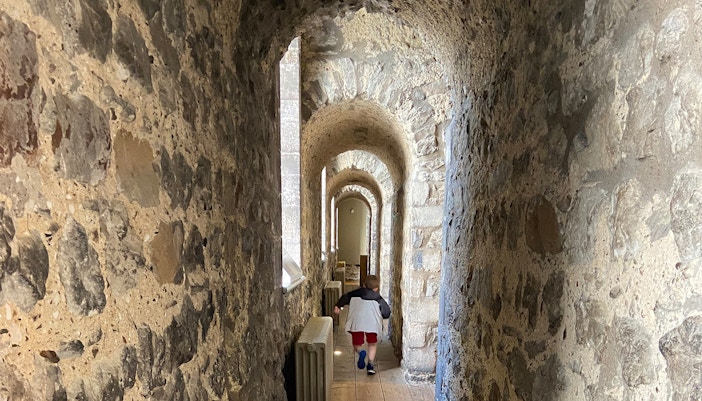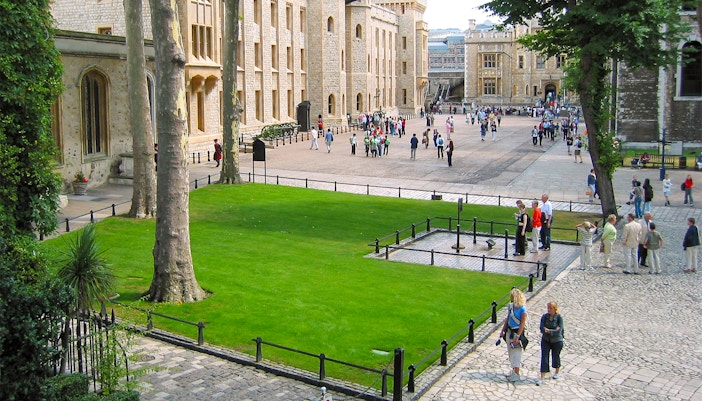The Beauchamp Tower dates back to the 14th century. Initially constructed during the reign of Edward I, it served as a prison for numerous high-profile political captives, including Edward Courtenay, Henry Howard, and Robert Devereux. Remarkably, the tower still bears witness to their presence through the graffiti etched into its walls.


















